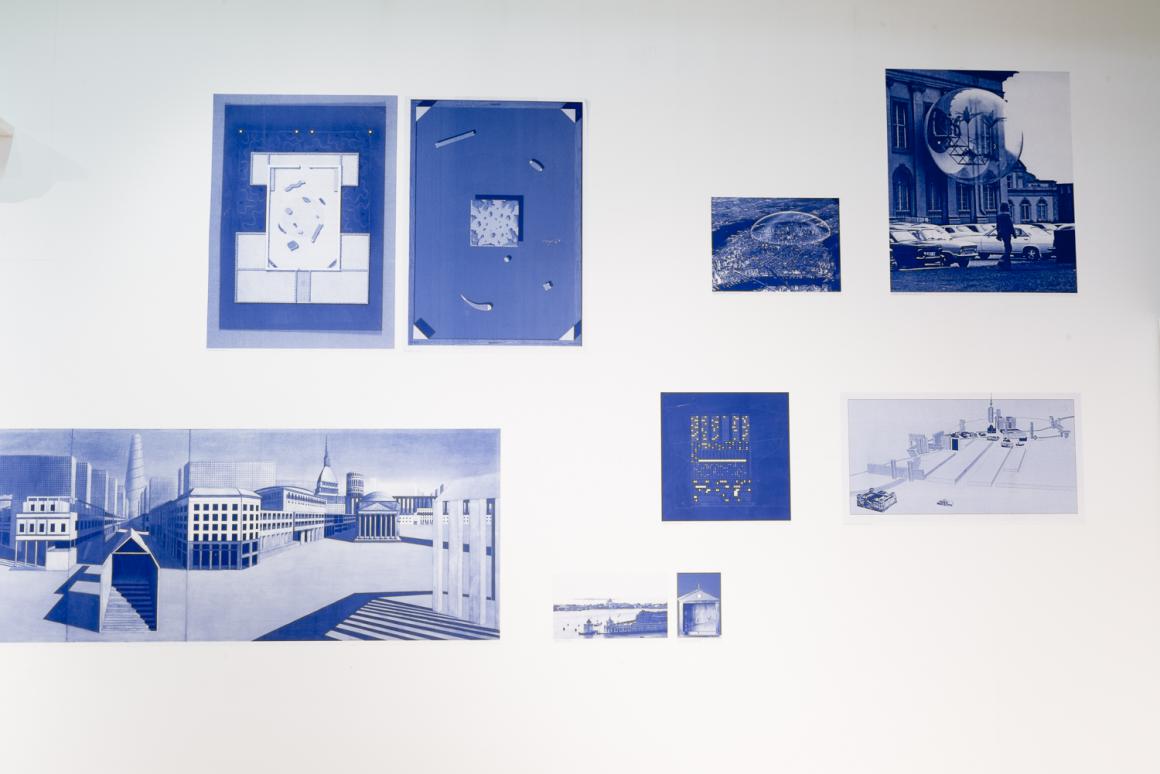For the Operational Aesthetics exibit, Philippe Potié presents a larger historical and geographical approach to the history and future of cities. In four chapters, he investigates the relationship between time and space, essential to human beings: The Time of Gods, The Time of Man, The Time of Machines and The Time of the Cloud. Philippe Potié is an architect and PhD in Architecture, graduated at the Ecole nationale supérieure d’architecture of Grenoble and the Ecole des hautes études en sciences sociales in Paris. He’s a doctoral thesis supervisor at the LéaV ENSA-V Paris-Saclay research centre. Potié teaches at the Ecole nationale supérieure d’architecture of Versailles. The lecture and visit by Philippe Potié will be held in French.
adults : 10€ / groups : 8€ / students & seniors : € 5 / -18 : free
The Architects of Time
In delimiting space, we can live time. The stone circle, the enclosure of
wood, the embankment of Earth encompass destiny by giving the course of
time a basic storyline. By identifying the space, the wall marks both a time
and a place: the sacred time of the temple, the profane time of human
activities. Whether dedicated to the gods or intended for men, the enclosure
tells the time by foreshadowing the events that will take place there. Walls
fortified by a simple garden hedge, the enclosure establishes a partition of
time, its rhythms, its sadness and its joy. To delineate the space, to close the
circle, is to give oneself the comforting illusion of being in control of the path
of time; it is believing in a destiny while facing the uncertainty of the world.
The construction of the wall is like that of a clock, or a sundial, whose
movement man can turn back, speed up or slow down, as he desires.
Architecture is a temporal fiction: the utopia of a time in which we control the
course of history.
To understand the dynamics of this process, starting with the fact, now well
documented by cognitive science and psychology, that the human mind –
the brain – spends its time rebuilding a coherent sense of space/time in
order to allow it to understand the world and develop a meaningful
understanding. This automatic and almost unconscious mechanism is barely
perceptible, yet it remains very important.
The short life of a marine animalcule can by contrast help us grasp the
importance of our brains’ “obsession” with building a space/time
understanding. At birth this little aquatic animal (Ascidiacea), has a simple
digestive tract for feeding on plankton; it must hurry to find a rock on which
to live its entire life. To do this, it develops a travel strategy in order to
complete its housing project. It has a brain, although reduced to a few
neurons, that guides it in its search. Once secured to the rock, reassured,
and no longer having to worry about any plans for the future, it feeds upon
the organ for which it no longer has any need: its brain.
Conversely, we, humans, are condemned to shoulder a future and a destiny.
Being the result of a different evolutionary path, our cortex does not cease to
grow, allowing us to be happy, yet concerned at the same time; our quest for
a new rock on which to anchor our dreams remains forever unfinished.
Philippe Potié

